Arena
Artist
Jansson Stegner
2025.01.18 – 2025.03.18
Unrealism is a term that I often use to describe my paintings. I like that term because it denotes a kind of representation that is grounded in realism without being bound completely by its rules. I take liberties with the human form in order to heighten the psychological impact of the images I create. I want the image to feel like an intense dream or almost an hallucination that vividly demonstrates or exaggerates a vital aspect of the subject.
In these paintings, the main vital characteristic I am exploring is the intersection of strength and beauty. This has been one of the primary focuses of my work for many years. I am fascinated by bodies that combine the traditional idea of delicate feminine beauty with the strength and physical power that is more often associated with masculinity. In this work, I am playing with different permutations of those concepts and hopefully am creating images that bring an unexpected perspective to the human form.
—— Jansson Stegner, January 2025
In these paintings, the main vital characteristic I am exploring is the intersection of strength and beauty. This has been one of the primary focuses of my work for many years. I am fascinated by bodies that combine the traditional idea of delicate feminine beauty with the strength and physical power that is more often associated with masculinity. In this work, I am playing with different permutations of those concepts and hopefully am creating images that bring an unexpected perspective to the human form.
—— Jansson Stegner, January 2025

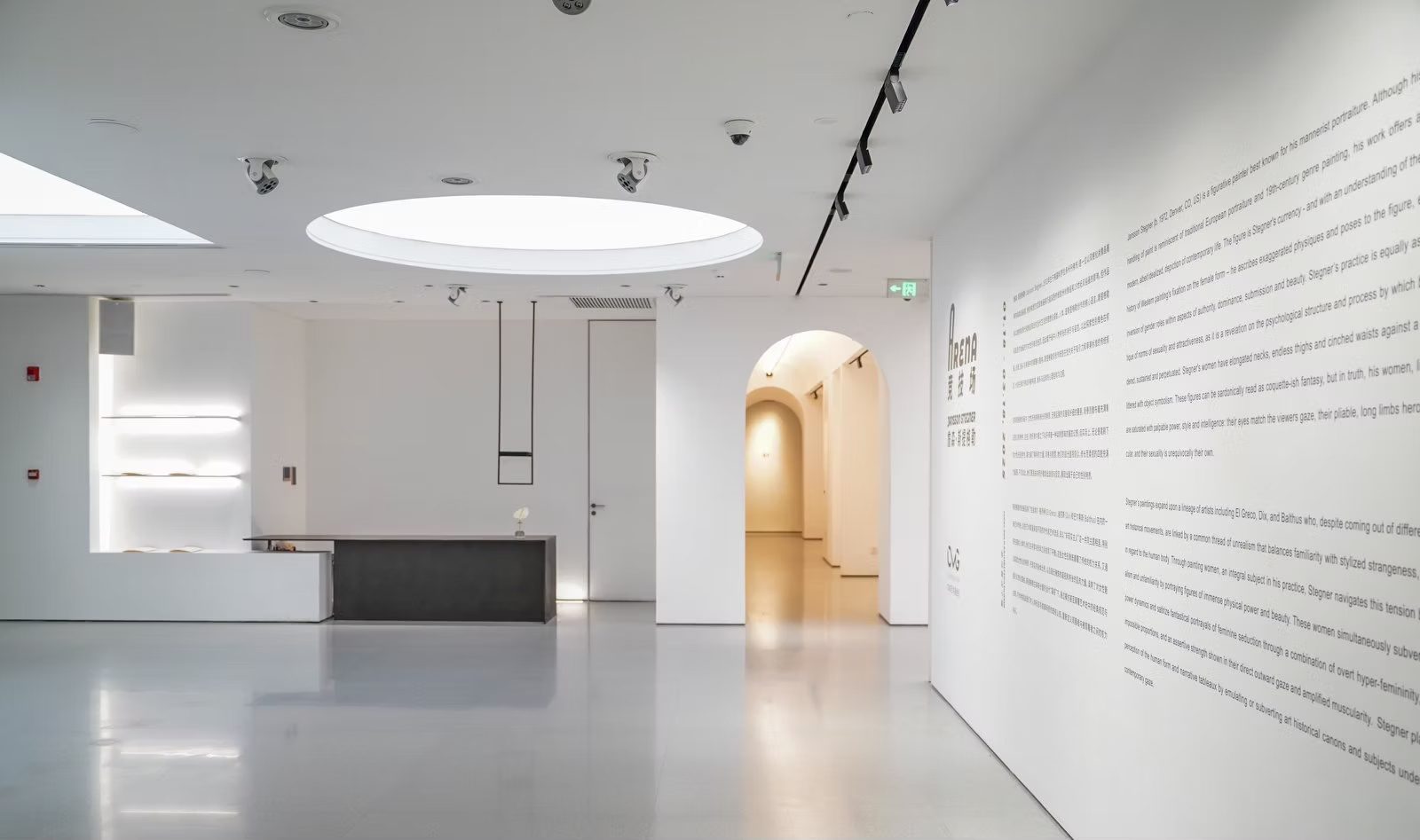
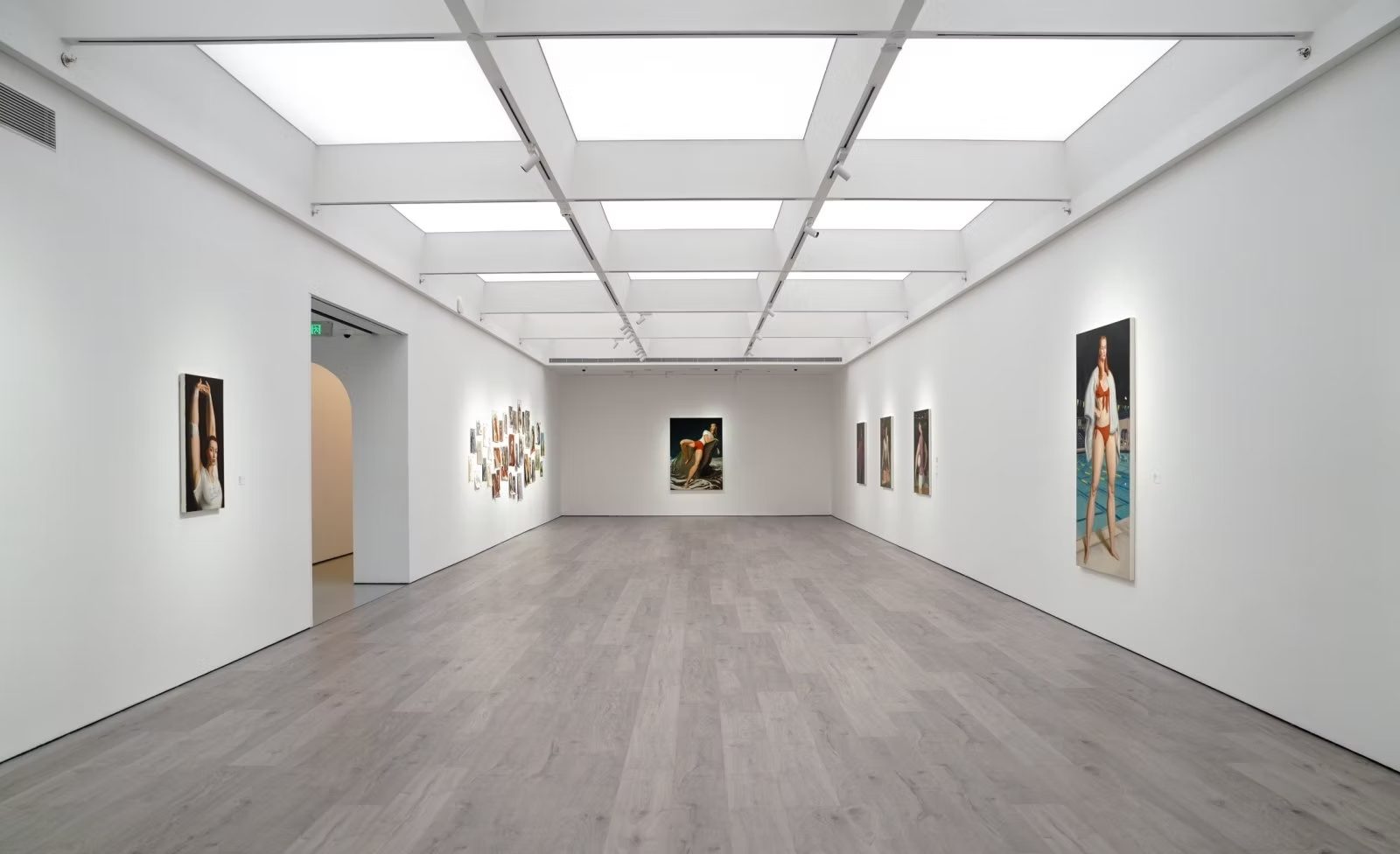
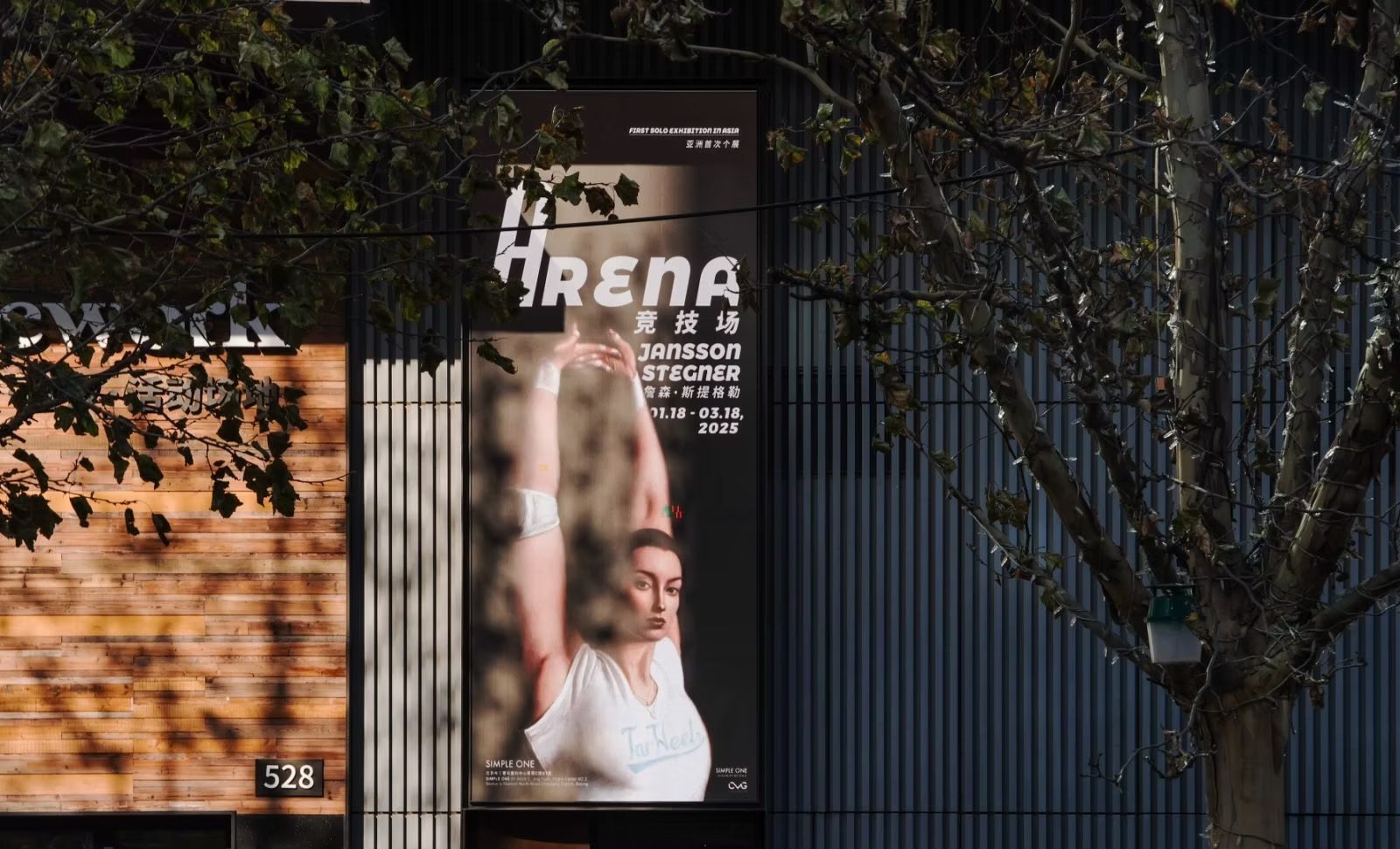


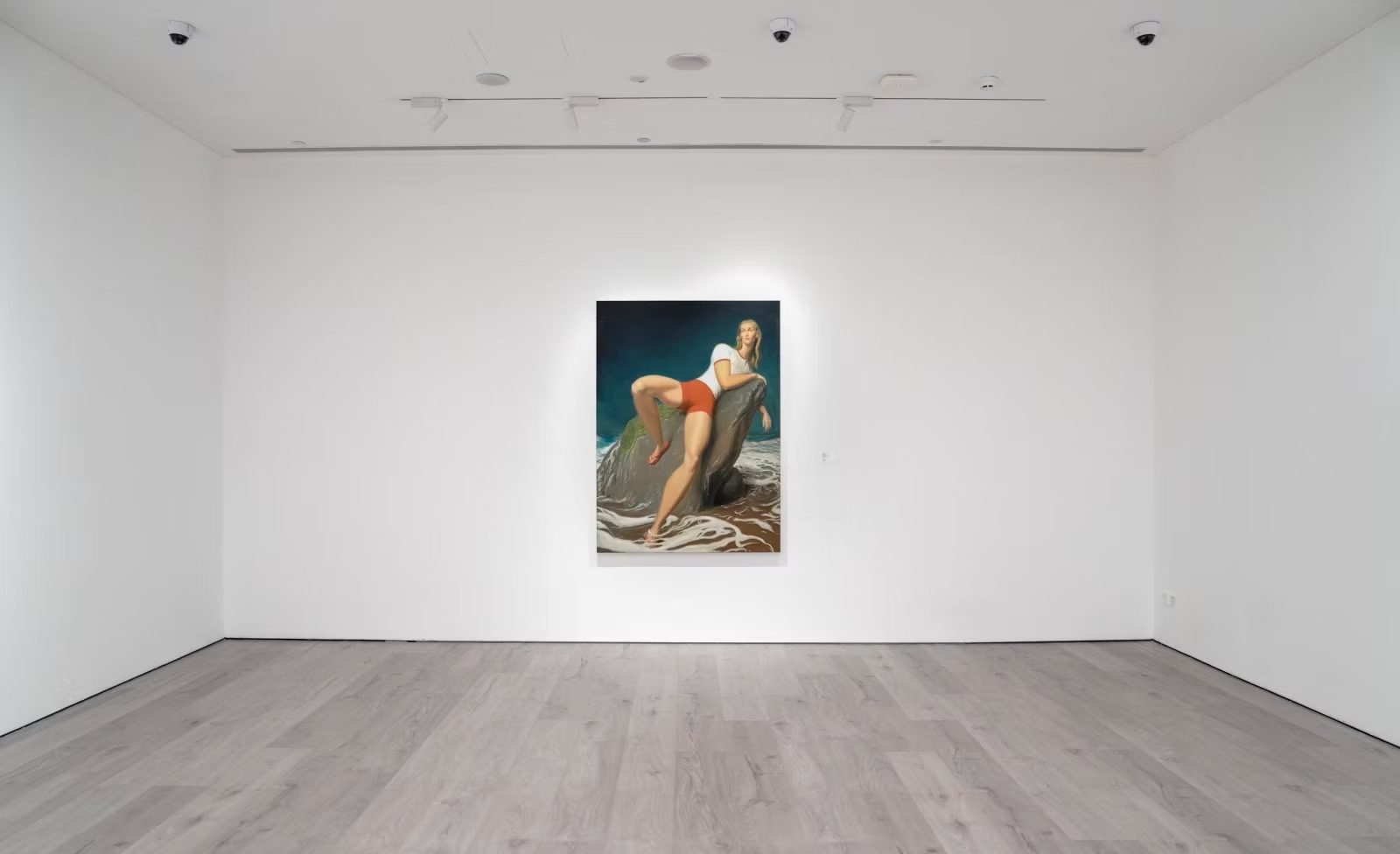
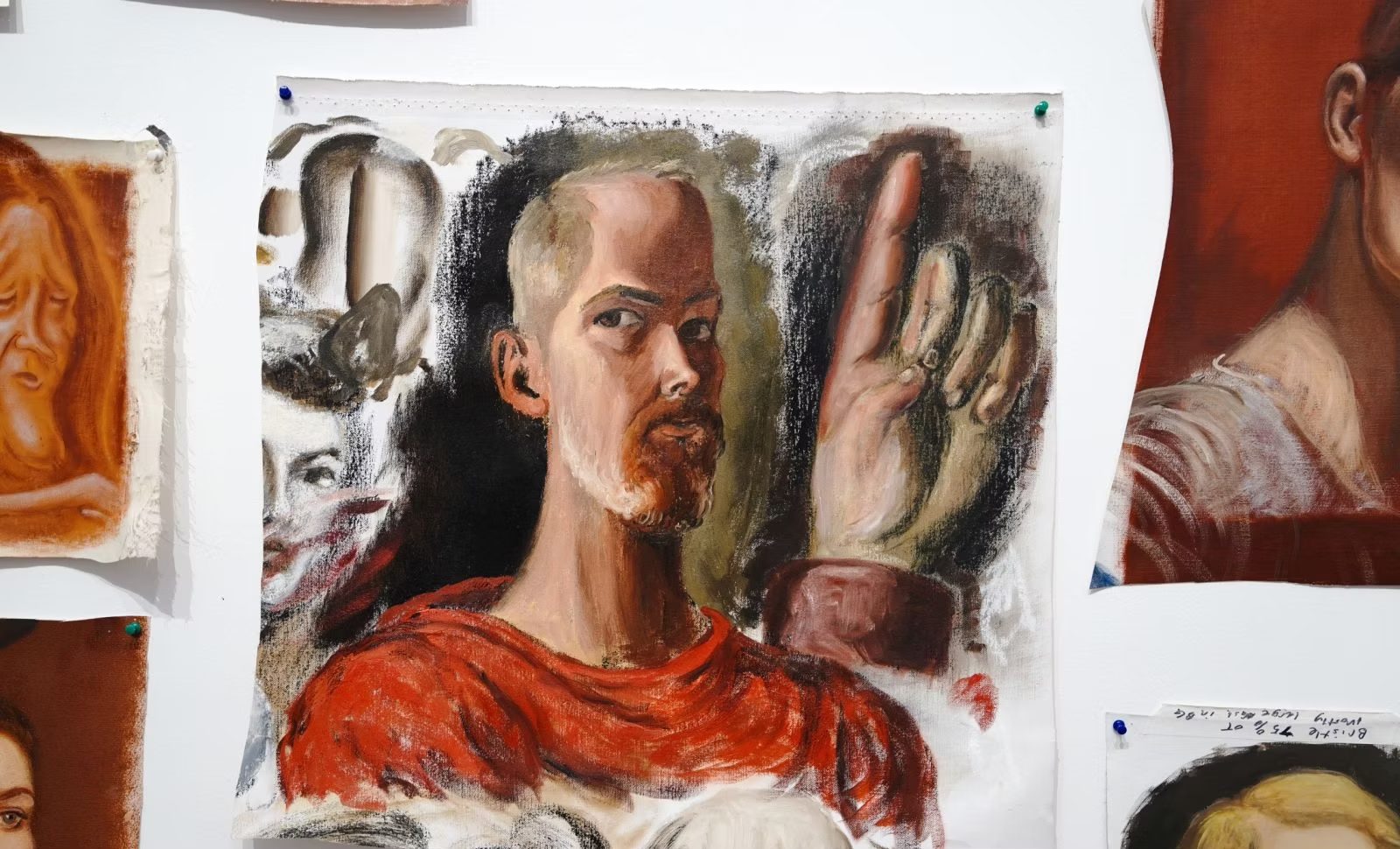
Jansson Stegner (b. 1972, Denver, CO, US) is a figurative painter best known for his mannerist portraiture. Although his staging and handling of paint is reminiscent of traditional European portraiture and 19th-century genre painting, his work offers a distinctively modern, albeit idealized, depiction of contemporary life. The figure is Stegner’s currency – and with an understanding of the established history of Western painting’s fixation on the female form – he ascribes exaggerated physiques and poses to the figure, exploring the inversion of gender roles within aspects of authority, dominance, submission and beauty. Stegner’s practice is equally as much a critique of norms of sexuality and attractiveness, as it is a revelation on the psychological structure and process by which beauty is ordered, sustained and perpetuated.
Stegner’s women have elongated necks, endless thighs and cinched waists against a background littered with object symbolism. These figures can be sardonically read as coquette-is fantasy, but in truth, his women, like his men, are saturated with palpable power, style and intelligence: their eyes match the viewer’s gaze, their pliable, long limbs heroic and muscular, and their sexuality is unequivocally their own.
Stegner’s paintings expand upon a lineage of artists including El Greco, Dix, and Balthus who, despite coming out of different eras and art historical movements, are linked by a common thread of unrealism that balances familiarity with stylized strangeness, particularly in regard to the human body. Through painting women, an integral subject in his practice, Stegner navigates this tension between realism and unfamiliarity by portraying figures of immense physical power and beauty. These women simultaneously subvert traditional power dynamics and satirize fantastical portrayals of feminine seduction through a combination of overt hyper-femininity, shaped by impossible proportions, and an assertive strength shown in their direct outward gaze and amplified muscularity. Stegner plays with our perception of the human form and narrative tableaux by emulating or subverting art historical canons and subjects under a weighty, contemporary gaze.
Stegner’s women have elongated necks, endless thighs and cinched waists against a background littered with object symbolism. These figures can be sardonically read as coquette-is fantasy, but in truth, his women, like his men, are saturated with palpable power, style and intelligence: their eyes match the viewer’s gaze, their pliable, long limbs heroic and muscular, and their sexuality is unequivocally their own.
Stegner’s paintings expand upon a lineage of artists including El Greco, Dix, and Balthus who, despite coming out of different eras and art historical movements, are linked by a common thread of unrealism that balances familiarity with stylized strangeness, particularly in regard to the human body. Through painting women, an integral subject in his practice, Stegner navigates this tension between realism and unfamiliarity by portraying figures of immense physical power and beauty. These women simultaneously subvert traditional power dynamics and satirize fantastical portrayals of feminine seduction through a combination of overt hyper-femininity, shaped by impossible proportions, and an assertive strength shown in their direct outward gaze and amplified muscularity. Stegner plays with our perception of the human form and narrative tableaux by emulating or subverting art historical canons and subjects under a weighty, contemporary gaze.